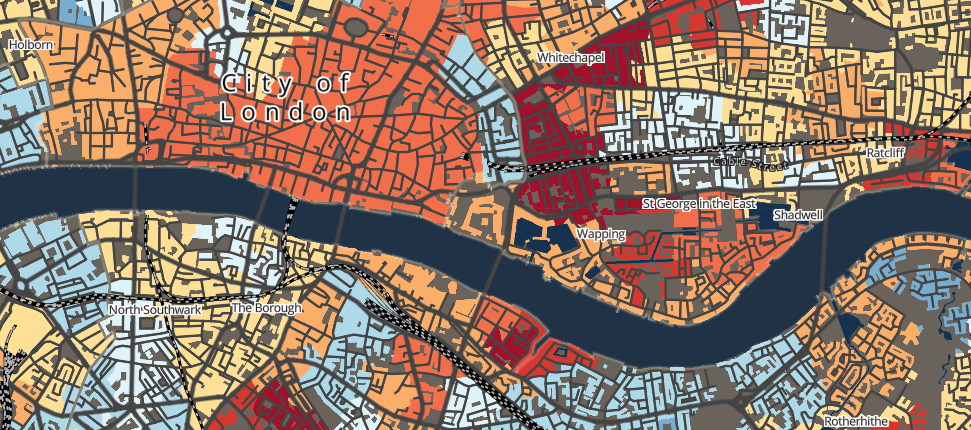
Methods in Human Geography
Welcome
Welcome to the second half of Methods in Human Geography. In this part of the module, you will delve into essential statistical analysis techniques and gain a basic foundation in creating thematic maps. We will be using R and the RStudio environment for statistical analysis, and the open-source programme QGIS for handling spatial data.
Moodle
Moodle is the central point of contact for GEOG0018 and it is where all important information will be communicated such as key module and assessment information. This workbook provides links to all reading materials and includes the content for all computer tutorials.
Module overview
The topics covered over the next five weeks are:
| Week | Section | Topic |
|---|---|---|
| 1 | Getting Started | Getting Started |
| 1 | R for Data Analysis | R for Data Analysis |
| 2 | Statistical Analysis | Statistical Analysis I |
| 3 | Statistical Analysis | Statistical Analysis II |
| 4 | Spatial Analysis | Spatial Analysis I |
| 5 | Spatial Analysis | Spatial Analysis II |
Major updates
This year’s version features the following minor updates:
- Partial rewrite of W04s data cleaning material.
- Minor changes, typos.
Acknowledgements
This workbook is created using the Quarto publishing system. Elements of this workbook and module material are partially based on and modified from:
- The GEOG0018: Methods in Human Geography 2024-2025 workbook by Justin van Dijk
- The GEOG0030: Geocomputation 2023-2024 workbook by Justin van Dijk
- Previous GEOG018: Methods in Human Geography content created by Rory Coulter
- Previous POLS0008: Introduction to Quantitative Research Methods content created by Stephen Jivraj
The datasets used in this workbook contain:
- Data from Office for National Statistics licensed under the Open Government Licence v.3.0
- OS data © Crown copyright and database right [2024]